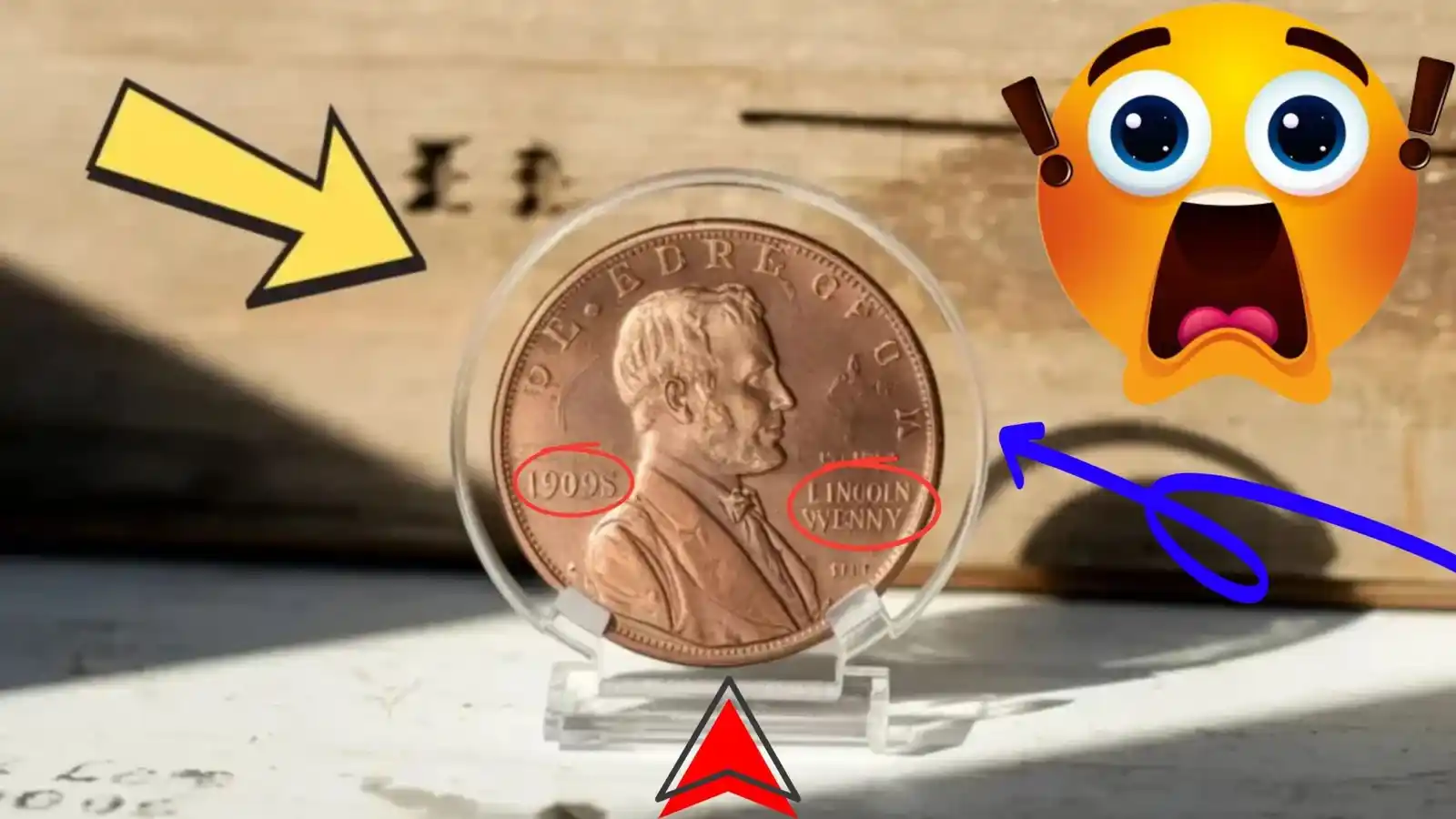The Lincoln Wheat Penny isn’t just a currency—it’s a piece of American history. While most of these pennies are worth just a little more than their face value, a select few are so rare that they command enormous prices. One variety has sold for as much as $144,000, begging the question: Could a penny be hidden in everyday change?
History of the Lincoln Wheat Penny
The Wheat Penny, first minted in 1909 to commemorate the centennial of Abraham Lincoln’s birth, replaced the Indian Head cent. The obverse features a portrait of Lincoln, while the reverse features two wheat stalks surrounding the words “One Cent.” The design symbolized abundance and American resilience, and remained in circulation until 1958, when it was replaced with a reverse of the Lincoln Memorial.
Why Some Wheat Coins Are Extremely Valuable
Most wheat coins are common, but certain characteristics can make them extremely valuable. Rare minting years, unusual mint marks, imperfections such as double dies, and rare metal compositions all add to their value. The $144,000 coin is typically one of these rare, flawed, or important date coins—these coins were minted under unusual circumstances and are preserved in their original condition.
Rare coin $3.12 Million Penny Still in Circulation? The 1943 Lincoln Wheat Penny Mystery
Distinctive Features of the $144,000 Penny
Although there are many valuable varieties available, the most expensive coins are often from the early years, such as the 1909-S VDB, or flawed coins, such as the 1944 Steel Penny. These coins are unique because of their rarity and historical significance. For collectors, the combination of rarity, historical value, and nearly perfect preservation creates high demand in the market that has led to auction prices reaching six figures.
Could these still be in circulation?
Theoretically, yes—but the chances are extremely low. Over the decades, most rare wheat coins have been removed from circulation by collectors and dealers. However, they sometimes turn up in old pots, boxes, or as inheritances to people who didn’t realize their value. That’s why coin collectors and change checkers keep an eye out for them—rare coins do sometimes find their way back into circulation.
How Condition Affects Value
Even if a wheat coin is rare, its condition can significantly affect its price. An uncirculated or “new condition” coin will always sell for more than a worn coin. Grading services assign grades based on preservation, quality, and luster, and these grades often represent the difference between a coin worth a few hundred dollars and a coin worth over $100,000.
Frequently Asked Questions (Lincoln Wheat Penny, worth $144,000)
Question 1: Are all Wheat Pennies valuable?
No. Most pennies are worth just a few cents, but rare dates, mint marks and errors can make them worth thousands.
Question 2: What is the rarest Wheat Penny? Lincoln Wheat Penny
Some of the rarest pennies include the 1909-S VDB, 1914-D and 1944 steel pennies. Prices can reach tens or hundreds of thousands.
Question 3: How can I tell if my Wheat Penny is valuable?
Check the date, mint mark, and look for unusual features like doubling or an off-center edge. Condition also plays a big role.
Question 4: Where can I sell a valuable Wheat Penny?
Auction houses, coin dealers, and certified online platforms are common options. Always have the coin professionally appraised first.
Question 5: Can I find a $144,000 wheat coin in my loose change today?
This is highly unlikely, but not impossible. Rare coins have been found in circulation before, usually from old collections that have returned to the money supply.
